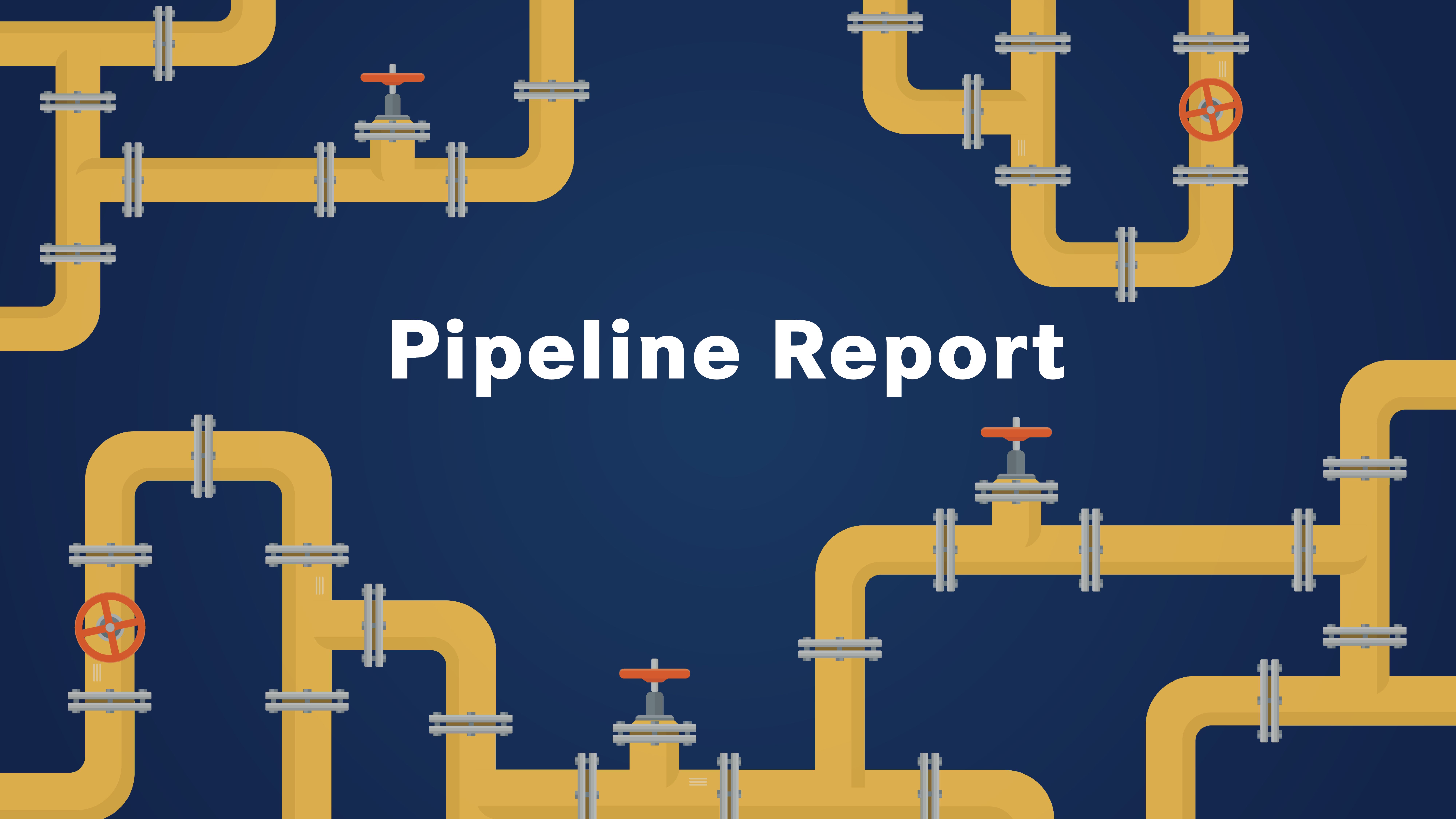- Advertise
- About OncLive
- Editorial Board
- MJH Life Sciences brands
- Contact Us
- Privacy
- Terms & Conditions
- Do Not Sell My Information
2 Clarke Drive
Suite 100
Cranbury, NJ 08512
© 2025 MJH Life Sciences™ and OncLive - Clinical Oncology News, Cancer Expert Insights. All rights reserved.
Mirati and Verastem Combine to Address Unmet Need in KRAS G12C–Mutant NSCLC
Mirati Therapeutics and Verastem Oncology have entered a nonexclusive clinical collaboration to evaluate the combination of adagrasib plus VS-6766 for patients with non–small cell lung cancer harboring a KRAS G12C mutation who have progressed on a KRAS G12C inhibitor in a phase 1/2 trial.
Mirati Therapeutics and Verastem Oncology have entered a nonexclusive clinical collaboration to evaluate the combination of adagrasib plus VS-6766 for patients with non–small cell lung cancer (NSCLC) harboring a KRASG12C mutation who have progressed on a KRAS G12C inhibitor in a phase 1/2 trial.1
The primary objective of the multicenter single-arm trial is to determine the maximum tolerated dose and the recommended phase 2 dose of the combination. Safety, tolerability, and efficacy will also be evaluated. Under the terms of the agreement, Verastem Oncology and Mirati Therapeutics will have joint oversight of the study.1
“Mirati [Therapeutics] and Verastem Oncology share the commitment to scientifically driven design of clinical trials for patients with cancer,” said Jonathan Pachter, PhD, chief scientific officer of Verastem Oncology in an email to OncLive®. “The importance of combination strategies for [patients with] KRAS-mutant NSCLC, the compelling preclinical combination data, and the favorable clinical safety profiles of VS-6766 and adagrasib, make this a compelling combination to evaluate in this patient population.”
Adagrasib, an investigational KRAS G12C inhibitor developed by Mirati Therapeutics, is being evaluated in the phase 1/2 KRYSTAL-1 trial (NCT03785249) as a single-agent treatment for patients with NSCLC harboring a KRAS G12Cmutation previously treated with chemotherapy and a PD-L1 inhibitor. As of August 30, 2020, 79 patients were treated with 600 mg of adagrasib twice daily.2
Among 51 patients evaluable for clinical activity, 45% experienced a partial response (PR) and 26 patients achieved stable disease. Commonly reported treatment-emergent adverse events included nausea (54%), diarrhea (48%), vomiting (34%), fatigue (28%), and increased ALT (23%).2
“Adagrasib covalently and irreversibly binds to and locks KRAS G12C in its inactive, GDP-bound state,” James Christensen, PhD, chief scientific officer of Mirati Therapeutics, Inc, wrote in an email. “It has a differentiated molecular profile, including an approximately 24-hour half-life, to enable near-complete inhibition of mutant KRASG12C throughout the entire dosing interval as well as extensive tissue distribution. These attributes have the potential to lead to greater tumor shrinkage and durable clinical activity.”
VS-6766, a RAF/MEK inhibitor developed by Verastem Oncology, has previously shown activity with defactinib, a FAK inhibitor, in patients with NSCLC harboring a KRAS mutation in a cohort of 10 patients in the phase 1/2 FRAME basket trial (NCT03875820).3
Preliminary results showed that 1 patient had a partial response and 8 patients achieved disease control with 70% of patients on treatment for at least 12 weeks, and 30% on treatment at 24 weeks.3
“In contrast to MEK inhibitors, VS-6766 blocks both MEK kinase activity and the ability of RAF to phosphorylate MEK,” Patcher said. “This unique mechanism allows VS-6766 to block MEK signaling without the compensatory activation of MEK that appears to limit the efficacy of other inhibitors and with its intermittent dosing schedule, it has a favorable safety profile.”
The combination of adagrasib and VS-6766 blocks 3 sequential nodes in the RAS pathway: RAS, RAF, and MEK. Acquired resistance to KRAS G12C inhibitors occurs in patients primarily through additional mutations in the RAS pathway, many of which may be addressed with a downstream inhibitor such as VS-6766, Patcher said. Preclinical data have shown that the combination has resulted in a deeper blockade of ERK pathway signaling pathway, according to Patcher, leading to greater antitumor efficacy relative to either agent alone.
“KRAS mutations occur in approximately 25% of patients with NSCLC adenocarcinoma,” Patcher said. “Two of the most common types of KRAS mutations are G12C, present in approximately 14% of patients with NSCLC adenocarcinoma, and G12V, occurring in approximately 7% of [patients with] NSCLC. Even with the approval of sotorasib [Lumakras] and clinical results with adagrasib, there remains a high unmet need in terms of both response rate and durability of response in the second line setting.”
References
- Mirati Therapeutics and Verastem Oncology partner to evaluate adagrasib in combination with vs-6766 in krasg12c-mutant non-small cell lung cancer. News release. Mirati Therapeutics. November 22, 2021. Accessed December 3, 2021. prn.to/3qgsPuo
- Riely G, Ou SI, Rybkin I, et al. KRYSTAL-1: activity and preliminary pharmacodynamic (PD) analysis of adagrasib (MRTX849) in patients (Pts) with advanced non-small- cell lung cancer (NSCLC) harboring KRASG12C mutation. J Thorac Oncol. 2021;16(suppl 4):S748-S802. doi:10.1016/S1556-0864(21)01941-9
- Verastem Oncology announces preliminary data from investigator-initiated study highlighting clinical activity of RAF/ MEK and FAK combination in KRAS Mutant tumors presented at the American Association for Cancer Research 2020 Virtual Annual Meeting I. News release. Verastem, Inc. April 27, 202
Related Content:





